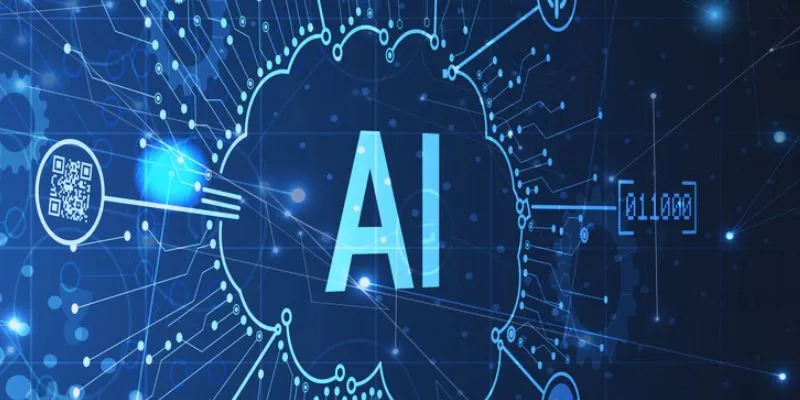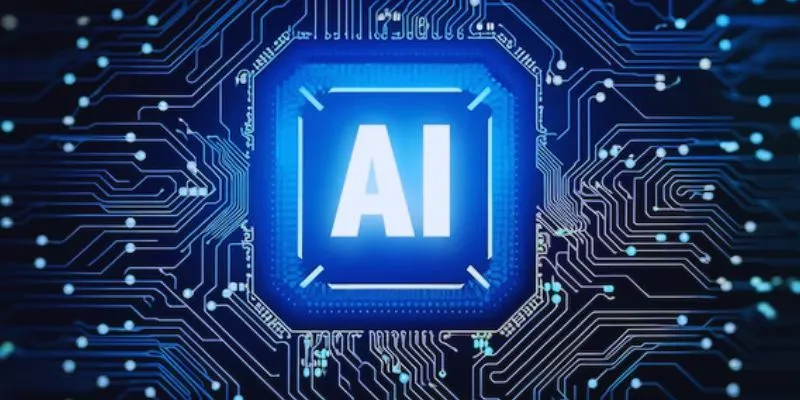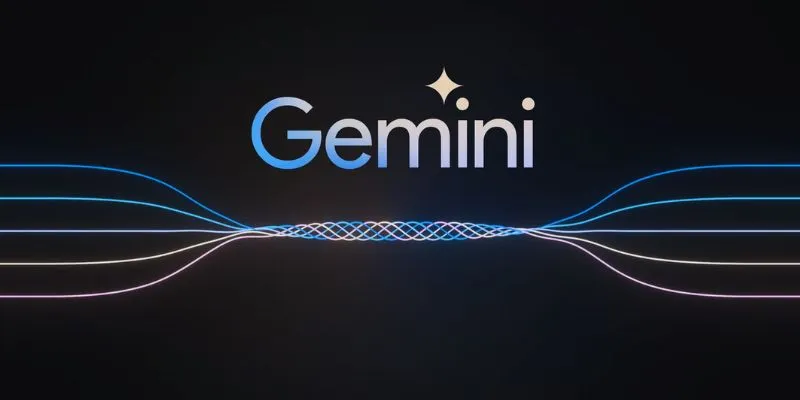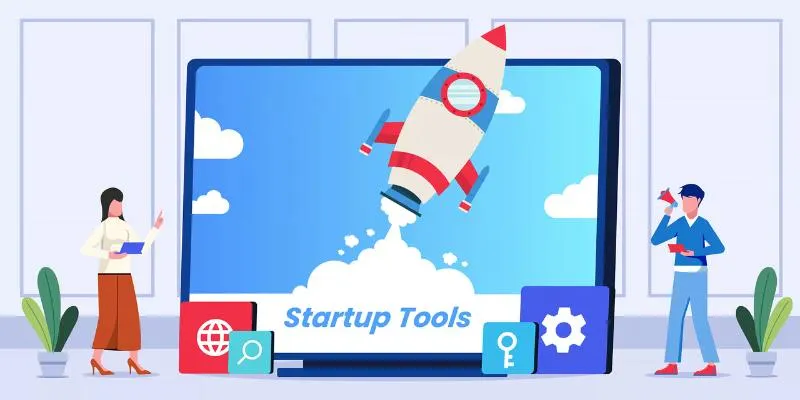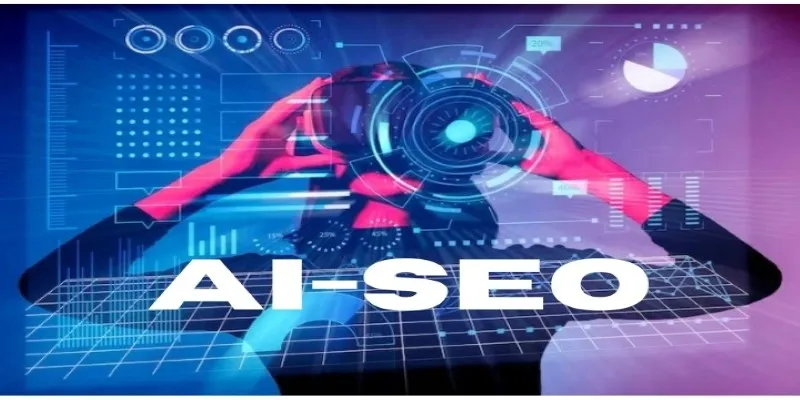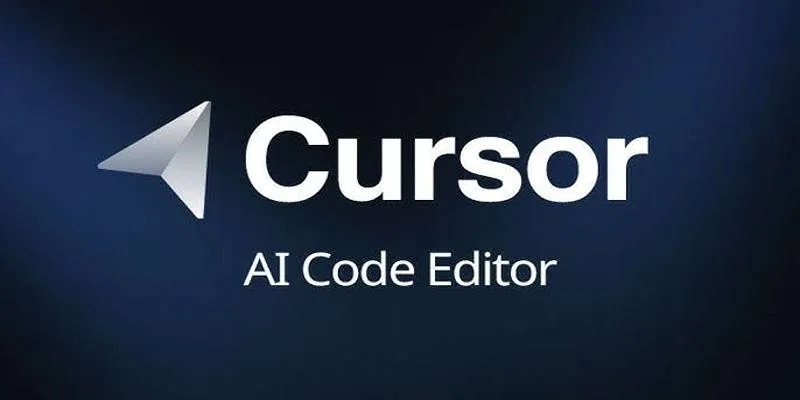An artificial intelligence chatbot can significantly enhance lead generation for businesses. By interacting with website visitors, collecting data, and nurturing potential customers, AI-powered chatbots provide a superior user experience with real-time responses, unlike static forms. When designed effectively, chatbots can automatically generate leads and qualify them based on predefined criteria, steering users toward conversions and resolving inquiries efficiently. This automation boosts productivity while reducing manual efforts.
To create an AI chatbot that effectively captures leads , you’ll need the right tools, strategies, and optimization methods. Key steps include selecting the ideal chatbot platform, configuring automated workflows, and analyzing data. This guide outlines the process of building an AI chatbot for lead generation. Implement these techniques to boost engagement and conversions and enhance your marketing campaigns.
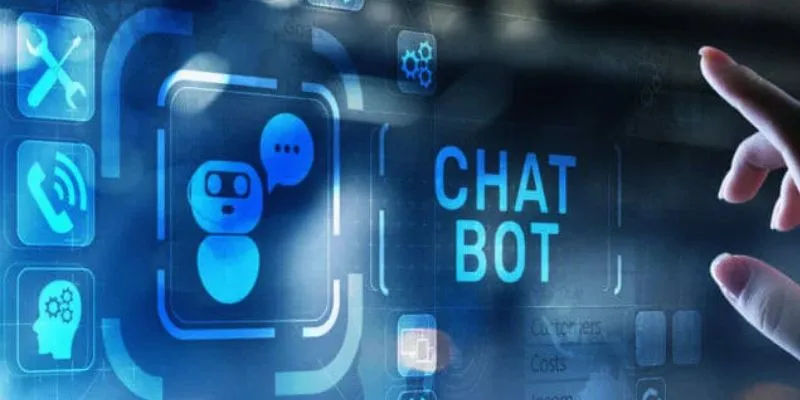
How to Build an AI Chatbot for Lead Generation
Below are the steps to create an AI chatbot that captures leads:
1. Define Your Lead Generation Goals
Start by identifying your lead generation goals before developing a chatbot. Determine the information you need from prospects and how the chatbot will assist users. Effective chatbot conversations rely on clear objectives. Decide if you want to collect phone numbers, emails, or details about customer needs. This will help create conversation flows and gather valuable data without overwhelming users. Consider the chatbot’s role in your sales funnel. Will it direct users to a salesperson or qualify prospects based on their responses? A structured approach leads to better conversion rates. Establish measurable KPIs, such as response rates, lead count, and engagement levels. Monitoring performance helps refine chatbot interactions and improve lead capture efficiency.
2. Choose the Right AI Chatbot Platform
Choosing the right AI chatbot platform is crucial. Numerous AI-powered chatbot solutions are available on platforms like Drift, ManyChat, and Chatfuel. Each offers features tailored to different business needs. Look for platforms that support natural language processing (NLP), integrations, and automation. These features enhance chatbot interactions, making them more human-like and engaging. Ensure the chatbot integrates with analytics platforms, email marketing tools, and CRM systems for effective lead tracking and management. Consider ease of use, as platforms with drag-and-drop builders simplify chatbot development, allowing businesses to create autonomous chatbot systems without extensive programming knowledge.
3. Design an Engaging Chatbot Script
Enhance user interaction with a well-structured chatbot script. The conversation should flow naturally, be engaging, and be goal-oriented. Begin with a friendly greeting to connect with users. Use qualifying questions to sort leads by interest. For example, a chatbot for an online store can ask about preferred products to make relevant recommendations. Keep responses concise and clear. Avoid long paragraphs, as users prefer quick answers. Use multiple-choice responses to streamline user input and guide them smoothly through the conversation. Provide an easy exit option, allowing seamless handover to a human agent if users prefer. This ensures lead conversion and higher customer satisfaction.
4. Implement Lead Capture Forms in Chatbot
Incorporating lead capture within the chatbot ensures effective data collection. Instead of directing users to forms, the chatbot can gather data interactively. Only ask for essential information, as requesting too much upfront may deter users from completing the form. Start by prioritizing name, email, and phone number. Personalize lead capture using conditional logic. If a user expresses interest in a specific service, ask follow-up questions to enhance lead quality. This makes AI-driven chatbot solutions even more effective. Ensure data security by clearly stating how user information will be stored and accessed. Transparency builds trust and encourages more users to share their details.
5. Optimize Chatbot Responses with AI and NLP
Leveraging artificial intelligence and natural language processing enables natural conversations, enhancing chatbot interactions. AI-powered chatbots can respond personalized by understanding human intent. Train the chatbot with past customer interactions to improve accuracy and refine responses over time. A well-trained chatbot boosts lead conversions and engagement. Implement sentiment analysis; if users express frustration, the chatbot can respond empathetically or escalate issues to human agents, ensuring a positive customer experience. Regularly review chatbot responses. Analyze interaction logs to track chatbot accuracy and identify common inquiries. Optimizing responses is key to maintaining chatbot relevance and effectiveness.
6. Integrate Chatbot with CRM and Marketing Tools
Integrating CRM ensures proper lead management. The chatbot should automatically sync with your CRM when collecting user data for better tracking. Connect the chatbot with email marketing systems. AI-driven chatbots that capture leads can trigger email sequences, nurturing prospects until they’re ready to convert. Sync chatbot data with analytics tools. Understanding user behavior helps refine chatbot interactions and strengthen lead generation strategies. Create automated follow-up plans. If a lead doesn’t convert immediately, the chatbot can send reminders or incentives to encourage engagement, keeping your brand top of mind for potential customers.

7. Analyze Chatbot Performance and Optimize
Regular performance analysis is crucial for enhancing chatbot efficiency. Monitor key metrics like drop-off points, engagement, and conversion rates. Identify areas where users disengage. If a specific question leads to drop- offs, adjust the flow to maintain user interest. Conduct A/B tests with different chatbot scripts. Testing variations helps determine which conversational approach resonates best with your audience. Optimizing leads to higher conversion rates. Gather user feedback. Encourage users to rate their chatbot experiences. Their insights refine responses and improve the user interface.
8. Ensure a Seamless Handoff to Human Agents
An AI chatbot should complement human assistance, not replace it. Some users prefer interacting with a live person for complex queries. Set up automated escalation triggers. If a chatbot cannot handle a query, transition the conversation to a live agent to ensure users receive accurate information. Provide human support during business hours. If a handoff occurs, ensure an agent is available to assist promptly. Delayed responses can lead to missed opportunities. Train teams to effectively manage leads generated by chatbots. Agents should have access to chatbot interaction history to seamlessly continue conversations.
Conclusion
AI-driven lead generation chatbots automate customer interactions, gather valuable information, and nurture potential clients. With proper setup, businesses can increase engagement and boost conversions. Choosing the right chatbot platform, optimizing scripts, and integrating marketing tools are essential for success. AI-powered chatbot systems ensure seamless interactions and provide real-time responses to users. Ongoing optimization and monitoring enhance chatbot performance. Combining human assistance with a well-designed chatbot creates a smooth lead generation process. Begin building your chatbot today. Automate lead collection, improve efficiency, and increase revenue with AI-driven conversations.
 zfn9
zfn9






